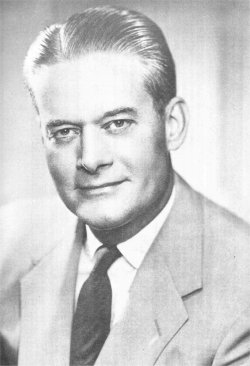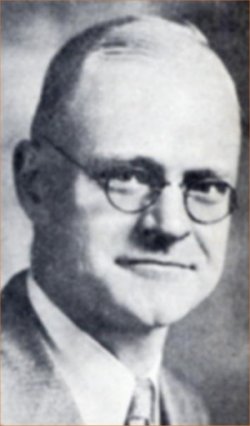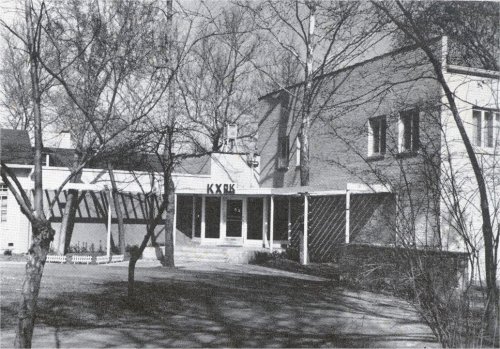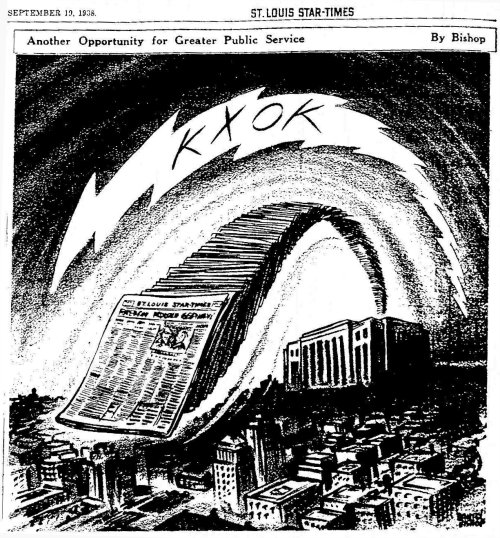Radio Articles
Balanced Radio Diet For Listeners Prescribed By Katheryne McIntire
KMOX Program Director Feels Listener Pulse
Providing a balanced radio diet of chain and local programs with a dash of humor and seasoned thoroughly with sparkling personalities is the job of Miss Katheryne McIntire, program director at KMOX.
A constant quest for new and interesting entertainment to please a vast and fickle audience is the life that she pursues. She selects the cream of the chain offerings and intersperses it with equally brilliant local talent so that it makes a balanced program for each day of the radio week.
It is her aim (and listeners will agree that she succeeds) to have something of interest to each person throughout the eighteen hours of a day’s broadcasting. Pleasing the individual whims and fancies of every person is as difficult as it is fascinating, she says.
With a speculative finger upon the pulse of public sentiment, she not only is able to decide what the public wishes, but to create new ideas that will catch the fancy and divert, instruct and entertain. Besides this she finds time to have several programs of her own over the air each week. She spent the earliest years of her life in fitting herself as a concert violinist and a singer, so she says she doesn’t want those years to slip away from her while she mounts new heights of accomplishment.
Sometimes she goes into large apartment houses in the different sections of the city where she treads softly up and down the corridors in the evening when radios are turned on full blast. There she is likely to hear cross sections of radio preference. On occasion she will find that her programs predominate, and again, others, but she can tell what kind of entertainment people choose from such rich fields that these programs offer.
From opinions around the studio she is able to detect what is liked and considered clever (radio artists are just like other people, she assured us). She tries to mingle with others without their knowing that she is connected with radio work, and from them she gets some of the most helpful criticisms and suggestions as to what people in general like.
“Although I shouldn’t like to have this mentioned,” she said, “in my opinion, men are the most difficult to please over the radio. This is based upon two factors: that when men really know about some subject or are talented themselves, they are more exacting, and they always think that they know so much more than any artist or speaker that they want first to criticize before praising.”
The morning programs are stressed very hard, she says, for at that time women are alone and are receptive to advice and entertainment and instruction. Between 9:30 and 11:30 a.m., their spirits are often at a very low ebb and the radio offers inspiration and encouragement and by careful presentation of interesting features, a great good can be accomplished. Vivacious, witty and charming, Miss McIntire is interested in every phase of radio work, having been connected with KMOX in almost every capacity. She says that it is interesting to find out what appeals to persons and to be able to present it to them.
(Originally published in Radio and Entertainment 4/9/32).




